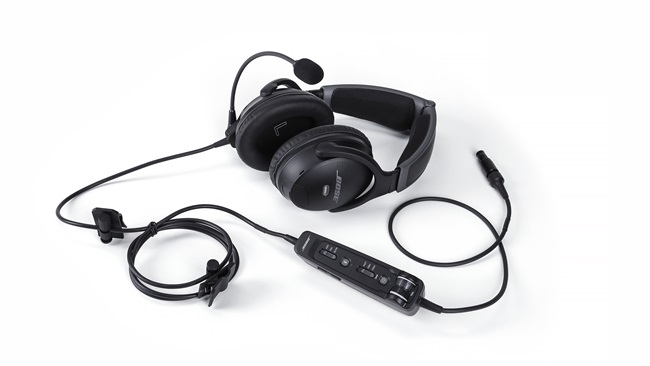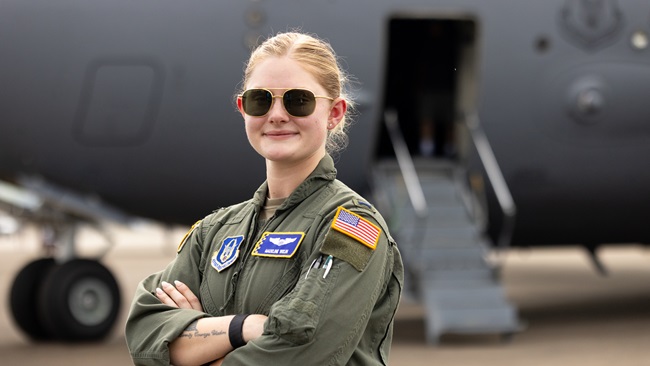Hints for safely flying a fleet
Attitude
A Lancair owner in need of a flight review came into my office and asked specifically to be assigned a CFI named John. I have a cadre of instructors, and most have more experience than John. "Sure," I offered, "but what made you choose John?" The day before, the customer had seen John reading the pilot's operating handbook for an aircraft he hadn't flown recently. While most instructors wouldn't be caught dead reading a POH in the lobby, John was re-familiarizing himself with systems and emergency procedures. The customer believed John to be a pro, and he was impressed with John's attitude. John conducted the flight review, and the customer paid for John to receive a full factory checkout in the Lancair. Now John pilots the Lancair for the customer's business on a regular basis.
Put away your ego; passengers and customers appreciate a pilot who cracks the books and refreshes the numbers before strapping in.
Preflight
Getting into the mindset for an airplane you're about to fly is easier with a "cheat sheet." Make a single page of pertinent numbers: VX, VY, power settings, fuel burn, and the like. Keep it simple so you can review it quickly before flight.
But don't clutter your cheat sheet with information already available in the cockpit. Many performance limitations are indicated on the airspeed indicator, and gear/flap limits are placarded.
Even without a cheat sheet, you can guesstimate many common airspeeds. For instance:
- Most singles will rotate at the clean stall speed, which is the bottom of the green arc.
- Most light twins will rotate at about VMC plus five.
- The top of the white arc can serve as an initial approach speed.
- Final approach speed can be calculated at 1.3 VSO.
Before engine start, take a few minutes to re-familiarize yourself with the cockpit layout and controls. This is notably important if you fly aircraft where the controls are reversed--like the throttles/props in older Beech Barons versus the new Baron.
Standard cockpit procedures
Establish standardized cockpit procedures appropriate to the most complex airplane you fly.
As an example, I do the same takeoff-profile mental rehearsal before taking the runway whether I'm in a single or a multiengine airplane. I always perform three prelanding checklists, whether I'm in a retractable-gear aircraft or a Cessna 152. It's just my standard cockpit procedure.
A standard procedure for a VFR arrival could be something like: initial approach speed 25 miles from the airport and pattern speed with the initial GUMP check completed five miles from the airport; traffic pattern entry in cruise configuration and gear down on downwind. These procedures work for me equally well in the Cessna 172, the Bonanza, and the Cessna 414 that I fly. Sure, you'll have to remember unique speeds and systems to manipulate, but you won't have to make operational decisions based on the type of airplane you're flying. You won't likely forget something.
When flying multiple types of aircraft, flight instructors must be disciplined in standard procedures, and not just for emergencies. For instance, flap retraction after landing is a common problem. Many incidents are caused by an instructor in a hurry who reaches for flaps but raises the gear on the runway instead.
Checklists
A required cockpit procedure when flying multiple aircraft is to use checklists. There can be no shortcuts. Pay special attention to the pretakeoff check, since this is an area with vast variations. Use checklists religiously.
Additionally, use a flow check for noncritical points, such as cruise or after landing. A flow check is a scan pattern of every switch and gauge. It's useful as an addition to, not in lieu of, the printed checklist. It's useful to reaffirm that all is as it should be.
One flow check begins at the pedestal, moves up to the throttle quadrant, left across the lower panel, up across the flight instruments to the radio stack, then farther right across the copilot panel, then down and back left across the lower panel.
Consider a separate, personal cheat sheet for multiengine emergencies. Mine is a laminated 3- by 5-inch card. On one side is a generic emergency shutdown and feather procedure, on the other side is a generic restart procedure. When typing your cheat sheet, use a large font and a simple bullet format. Whenever I fly a multi, I tuck my cheat sheet in the same place--overhead where the ceiling material meets the plastic trim. I always know where my emergency cheat sheet is, so when (not if) the bad thing happens, I don't have to hunt for the checklist. Instead, I can use that time to think about the switches and move the right switch the first time. I don't have to rely on memory items until the checklist can be located.
The manufacturer's checklist is usually best, but if you need reminders for transponder--On, RAIM--check, and similar items, then add notes where appropriate. A flight instructor jumping from airplane to airplane needs a personal collection of checklists. Spend the $15 to $20 and consider it life insurance. You can probably get away with a combined "single-engine aircraft checklist" if flying only the older Cessna or Piper fleet. But beware: The Garmin G1000-equipped Cessna 172 has a pretakeoff checklist that rivals that of a Citation.
Avionics
You may find yourself in a familiar airframe but with a futuristic cockpit. Hours of study are required before you can leap with ease from a King KLN 94 to a Garmin GNS 430 GPS or from a King KAP 140 to an S-Tec autopilot.
Spend the time needed to complete the manufacturer's free, online tutorial. Spend serious time in the cockpit before starting to review the "quick-reference" pilot's guide. Make a promise to yourself: Don't ever attempt to reprogram a complicated piece of avionics immediately after takeoff. Don't allow equipment to distract you while close to the ground, especially in instrument meteorological conditions. If possible, get to altitude and level off first. At the very least, know how to quickly kill the autopilot and electric trim.
Flight planning
For an instructor flying multiple airplanes, even on short flights, the minimum quick review of the POH should include the gallons per hour fuel flow, fuel endurance, takeoff/landing distance, and weight and balance.
Pete has owned a Piper Seneca for several years. Through the years he's taken plenty of instruction in his Seneca, so when I handed him a 25-pound bag of buckshot, I was surprised that he was confused. We sat together for a weight-and-balance calculation. He was astonished to learn that his airplane, as is normal for the Seneca, was nose-heavy with two people in the front seats and required additional ballast in the tail to bring us into balance. Thus, the bag of buckshot.
During flight planning for a new or unfamiliar airplane, consider increasing your personal ceiling and visibility minimums for flights in IMC, and for the amount of fuel needed. Adding this safety net is prudent until you know where to reach and control the systems with ease.
Checkouts
Customers paying money for services deserve a professional. Instructors giving customer checkouts must include instruction on avionics and technology in the checkout. Gone are the days that a crusty old instructor had the luxury of just turning off the autopilot, GPS, MFD, or weather data uplink. New standards for TAA require that all equipment be turned on during training and that the pilot know how to use it. If you haven't taken the time to teach yourself how to use the installed equipment, then decline the customer's request that you conduct the checkout. Instead recommend a fellow instructor who has invested his or her time and resources learning to teach in modern aircraft. Then ride in the backseat and learn.
An expert
If your fleet is unusually large or diverse, consider a system of training and appoint certain instructors as "expert" on a model. Segregating the staff in this way makes sense and allows new instructors to learn from the experts.
Many instructors look to work for a flight school with new, modern, and diverse aircraft. But even a best-of-breed flight instructor will require a disciplined, professional attitude, standardized cockpit procedures, and a few tips to maintain proficiency in a fleet.
Arlynn McMahon is the chief flight instructor for Lexington, Kentucky-based flight school Aero-Tech.


